The HX890 packs VHF, GPS, FM radio, distress beacon, and many other features in a waterproof unit that will fit in a PFD pocket.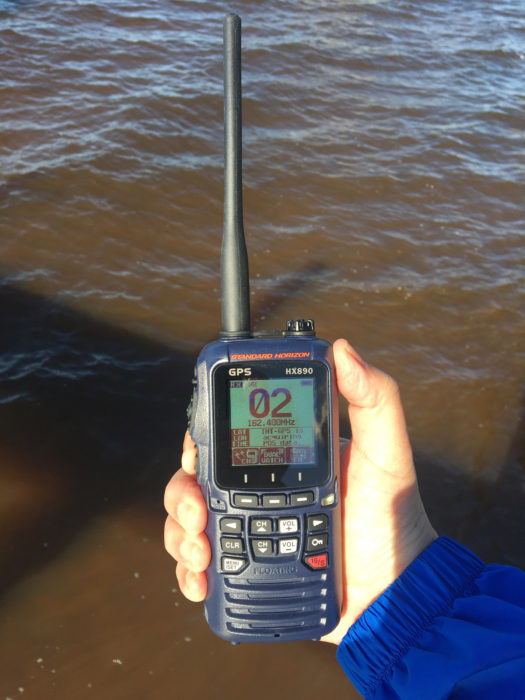 Photographs by the authors
Photographs by the authors
Join The Conversation
We welcome your comments about this article. To include a photo with your remarks, click Choose File below the Comment box.

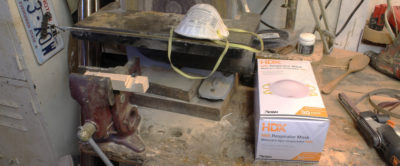


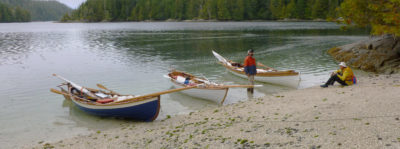

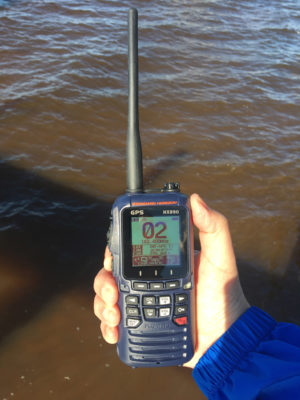
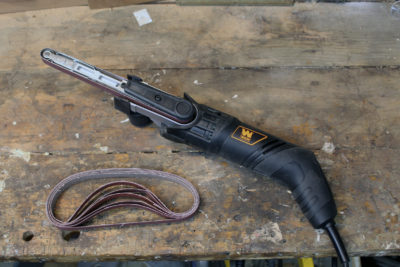

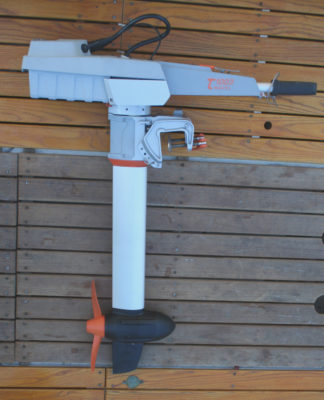
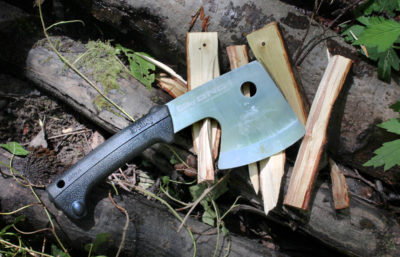
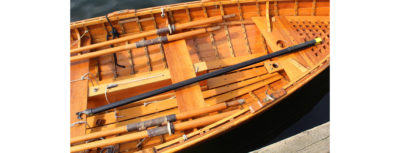
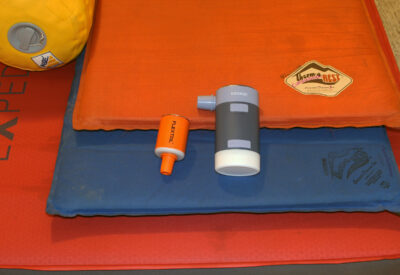
This is clearly a terrific device. Thanks for the review.
In my perhaps over-cautious “belt-and-suspenders” manner, I own two handheld VHFs. The older one is simpler. The newer on is essentially identical to the HX890 above. These newer VHFs are great with all their features. The ability to have a distress button which sends a clear message with position is a true safety advance.
I think there are minor drawbacks. There are so many features its hard for me to remember (or even understand) how to use them. I note that my older models battery lasts longer. This makes sense…unless I am transmitting, it mostly sits and monitors channel 16.
I sometimes sail on a friend’s boat. I believe that I am forbidden from using my new VHFs digital distress message because the MMSI number is tagged to a particular vessel. For now I use my old VHF as my working unit and keep my new VHF as the backup.
“There are so many features its hard for me to remember (or even understand) how to use them. ”
This is a dealbreaker for me.
I have an older hand-held VHF device without DSC. I have been considering an upgrade and a GPS. The unit reviewed would fill both wants. I also thank Francis for pointing out some other considerations. I would add that I have had the radio for a number of years, assuming that my radio instruction and license from 30 years ago made operation of my unit legal. I took the Canadian Power Squadron radio course last fall. I got my new permanent license. I learned not only how to better use my equipment, but that I had been using it illegally.
I have the HX890 and the HX880 in addition to several others used as backup, ditch bag, dinghy, and personal emergency radios on an Oyster 53. My thoughts echo those of Francis K in that the unit has so many features and such a complex display that it may be best suited as a primary VHF rather than a backup. Ditch bag/life raft use would be good assuming you aren’t in a rush or panic (sure) remember how to use it and can read it (reading glasses?) given it’s GPS & DSC features. Another point to note, once the MMSI is entered you cannot change it without sending it to a factory to be reset. Good luck with that. Not sure other radios are different but be forewarned.
An MMSI number shouldn’t be used in a portable Type H radio. Use an MI number which registers the unit to a person not a vessel. Then it can be DSC activated for a Mayday and the information of the owner comes up, not a vessel. Also, register your MMSI or MI with the FCC. The other providers are good for use in US waters but if you come into Canada, for example, you need an internationally recognized number. On the coasts or the Great Lakes this is important. You will also need a station license for the fixed radio on the boat outside the US, or Canada if a Canadian vessel and a ROC(M) for the operator.
I used one of these for a kayaking trip in Alaska back in ‘18. Something was happening while it was clipped to my PFD that caused the battery life to drain rapidly. My partner had the same radio, but she didn’t have any problems. I can’t remember what the exact problem was, just that I was often left with dead batteries after 4 hours, I returned it when I got back; maybe I just had a bum radio…